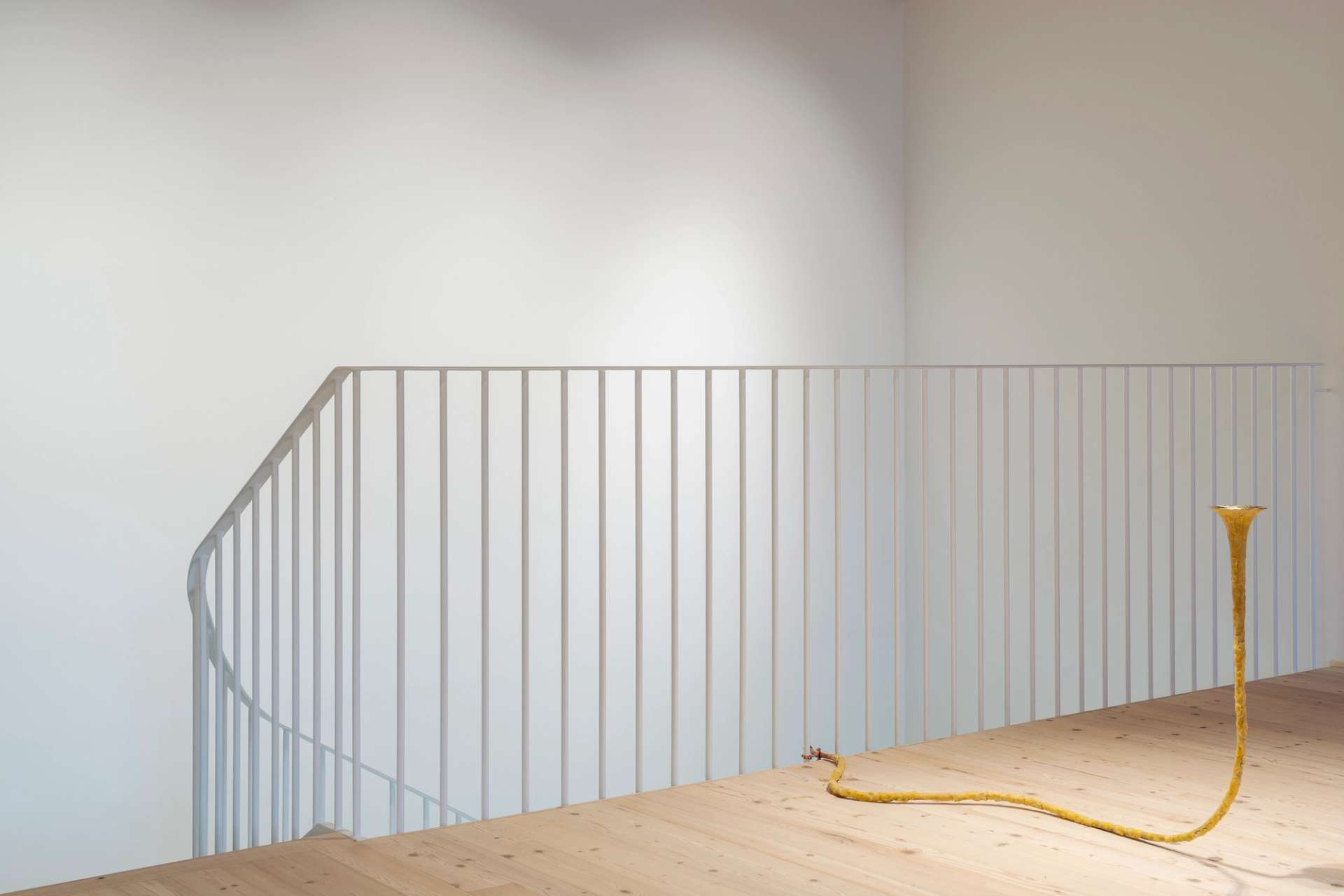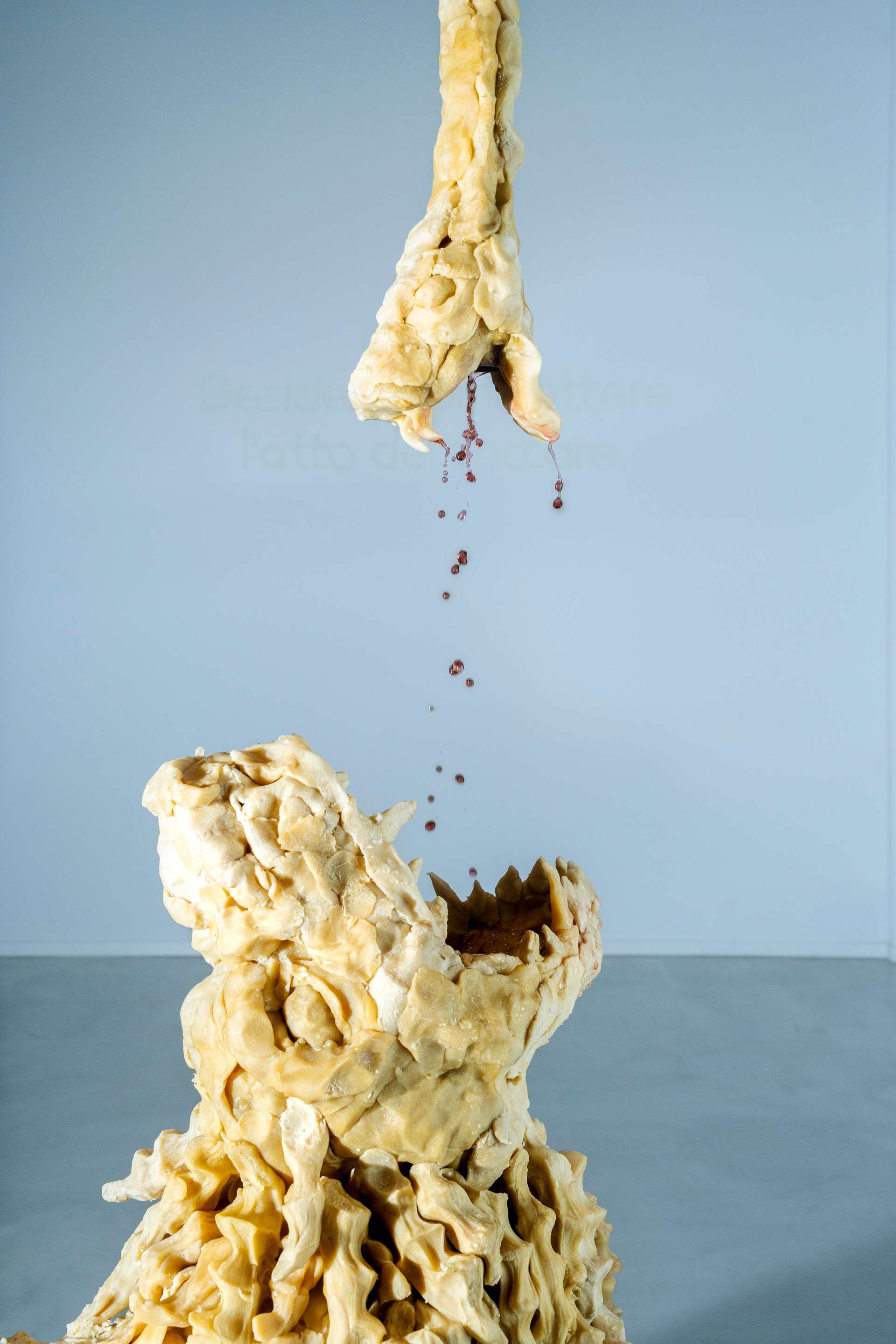to July 23rd, 2023
Fondazione Elpis, via Lamarmora 26, Milan
to July 23rd, 2023
Fondazione Elpis, via Lamarmora 26, Milan
In collaboration with Ramdom
Chì ghe pù Nissun! started out as a reinterpretation and extension of the residency, research and production process entitled A Sud di Marte, in which the four artists – Bekhbaatar Enkhtur, Martina Melilli, Matteo Pizzolante and Agnese Spolverini – participated between April 2022 and January 2023 in Castrignano de' Greci (Lecce), at KORA – Centro del Contemporaneo.
During their two-month residency, the artists were invited by Ramdom and Fondazione Elpis to examine the concept of Meridione (the Italian South) and explore its practical and symbolic implications. The study of the oral tradition, anthropologically themed essays and texts on local history formed the starting point for an interpretation of decentralised contexts as potential spaces for the reactivation of meaning. An interpretation that places these contexts at the centre of a political and cultural debate on a broader scale and of great topicality.
The exhibition set up in the former industrial laundry that is the headquarters of Fondazione Elpis aims to start from this reflection and broaden its scope, ideally bringing into play the dichotomous ‘city-province’ relationship and the production and consumption models that these historically represent. The phrase that gives the exhibition its title - There’s nobody here anymore! - uttered in Milanese dialect by the owner of a historic shop in Via Orti, may be heard indifferently – albeit with two distinct meanings – in a central district of Milan or in a southern Italian town, such as Castrignano de' Greci itself. A statement that creates an unintentional parallelism between the transformations of inland areas and those of the urban fabric, highlighting the global character that such processes take on nowadays.
While A Sud di Marte evokes the vision of a remote destination, a South that is a place of revelation, of experimentation with a new methodology, Chì ghe pù Nissun! stems from the artists’ own experience in Castrignano de' Greci and evolves through confrontation with a radically different context, that of a district undergoing a complete transformation within a large urban centre.
The narrative that emerges from these four voices evokes a complex and multiform spectrum, a polyphony of gazes and approaches that are very different from each other despite having passed through the same context. In this diversity of practices, the exhibition finds the key to constructing a narrative that, starting from the places of residence, reaches as far as the centre of Milan to give shape to new suggestions and new perspectives.



